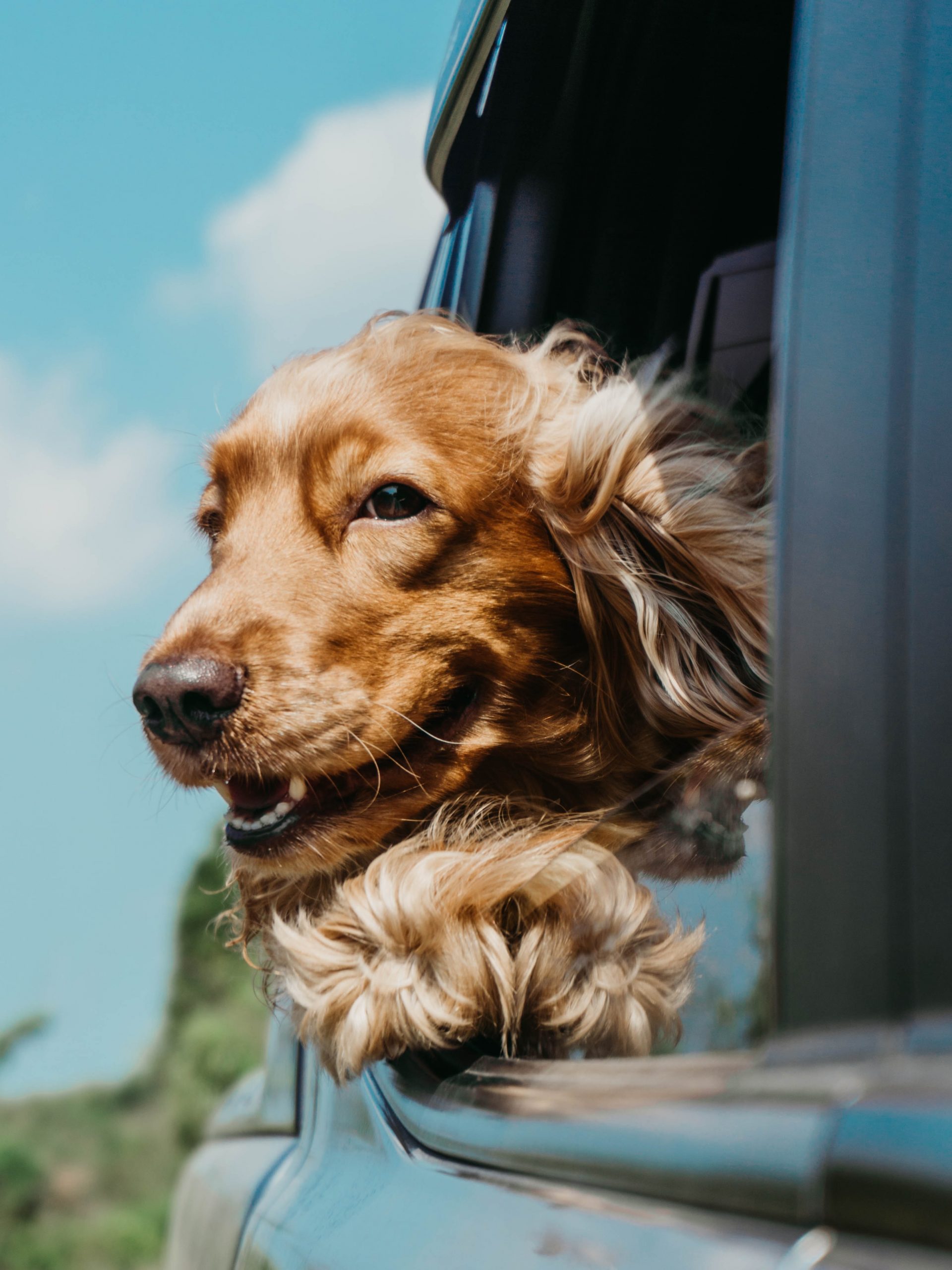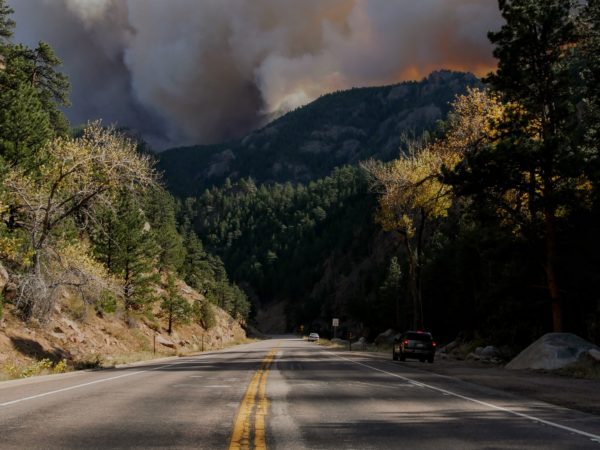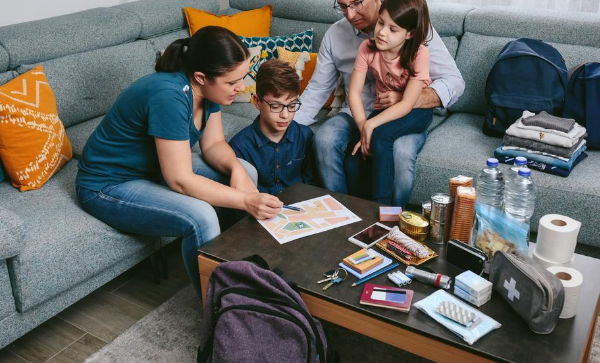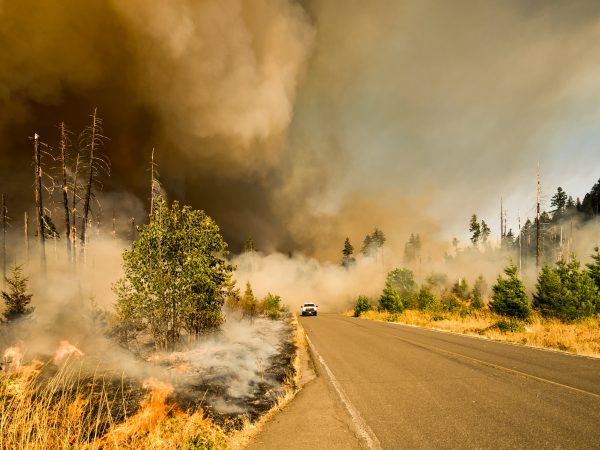 Wildfire season is fast approaching, and experts are predicting another tumultuous year ahead. This makes now the time to ensure you have a plan in place to protect your family, including its furry members.
Wildfire season is fast approaching, and experts are predicting another tumultuous year ahead. This makes now the time to ensure you have a plan in place to protect your family, including its furry members.
As an emergency can happen at any time, the CDC recommends pet owners always be prepared by making sure animals are wearing collars and tags with up-to-date contact details, keeping a leash or carrier near the exit and making sure they have the necessary equipment to transport the animal. Further, microchipping pets is one of the best ways to ensure an owner and their companion are reunited should they become separated.
Making sure you have control of your pet during an emergency not only ensures their safety but can also prevent the animal from causing damage.
Additionally, pet owners should practice evacuating with their animals. Steps include making sure the pet is comfortable being in their carrier, including when in a car. To this end, the CDC recommends taking practice rides to make pets more familiar with the process. For owners of cats and other elusive pets, the exercise should also include practicing getting the animal out of their favorite hiding spot using a carrier, pillowcase or sturdy box.
It is also important to make sure everyone in the family knows the plan and can act on it.
Another critical step in being prepared is creating a pet emergency kit which should include…
1. Contact info: include not only your contact information but also those of any close relatives or friends that are familiar with the animal.
2. All the numbers: Make sure to write down any microchip numbers for your pets.
3. A strong hold: Be sure harnesses and leases are sturdy and in good condition.
4. Get the record straight: Be sure to have a copy of any medical records, including vaccinations for rabies and other diseases, prescription medications and medical history.
5. Meds: Similar to food and water, make sure you have at least two weeks’ worth of any pet medicines.
6. Waste management: Pack plastic bags for dog droppings and a backup litter box and litter for cats. Additionally, pack some cleaning supplies for accidents.
7. Nourishment, hydration: For each pet, have at least two weeks; worth of food and water.
8. Buy & label carriers: Make sure each pet has its own carrier and they are properly labeled with the animal’s name, your name and contact information. Along with this, be sure to pack bedding, blankets or a towel.


